On May 22, Mr. Huynh Tan Dat, Director of the Department of Cultivation and Plant Protection, Ministry of Agriculture and Rural Development, informed the media about the activities of assigning region codes and packaging facilities for durian exports to China and new information about heavy metal residues in exported durian.
Discovering the cause of durian contamination
Regarding the information on heavy metal residues in exported durian, Mr. Huynh Tan Dat said that as soon as there was a warning from the importing country, the Cultivation and Plant Protection sector immediately dispatched several inspection teams to key growing areas. Initial results showed that the highest risk was concentrated in some southwestern provinces.
According to a preliminary analysis, there are two main reasons for the excessive cadmium residues in durian.
First, some regions have soil characteristics with naturally higher levels of cadmium and lower pH, reducing the tree’s ability to absorb healthy nutrients, causing it to take up heavy metals.
Second, in many new planting areas, where farmers lack experience, there is an overuse of chemical fertilizers at doses many times higher than recommended, inadvertently increasing the risk of residues.
“We have clearly advised: Do not use fertilizers containing cadmium. We need to change the mindset that soil is the ‘lung’ of the tree; if the soil is not clean, the fruit will hardly be healthy,” emphasized Mr. Dat.
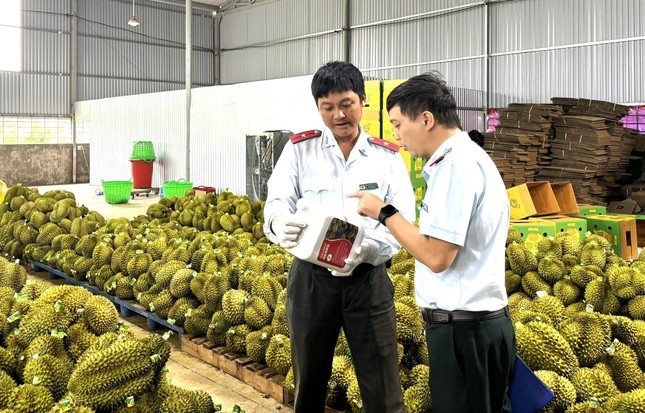
Dak Lak Department of Agriculture and Rural Development’s inspection team implements a plan to inspect durian packaging facilities for export in the province. Photo: Huynh Thuy.
Regarding the industrial dye Auramine O, a banned substance in food, Mr. Dat affirmed that after receiving the warning notification, the sector’s inspection teams reviewed the suspected durian-growing areas and did not record the use of this substance in the cultivation process.
Therefore, if there are residues, it is highly likely to occur at intermediate stages, outside the management scope of the Department of Cultivation and Plant Protection.
To clarify this issue, the unit proactively sent an official dispatch requesting coordination with other competent agencies to conduct a comprehensive investigation, thereby protecting consumers’ rights and the reputation of Vietnamese durian in the international market.
“If we don’t act transparently and resolutely, a faulty batch could cause us to lose the entire market,” said Mr. Dat.
Regarding testing capabilities, Mr. Dat said that there are currently 12 cadmium testing laboratories and eight Auramine O testing laboratories nationwide, with sufficient capacity for large-scale testing.
However, the location of the testing laboratory is not as important as its organization to best serve businesses. “A fruit crop can amount to millions of tons. The question is not ‘where to test’ but ‘how to test efficiently, accurately, and without causing delays for businesses,” Mr. Dat expressed.
He also noted that building an internationally accredited testing laboratory requires not only financial investment but also qualified human resources and time. Therefore, the current solution is to operate the existing laboratories efficiently while calculating a reasonable distribution based on production and export needs in each region.
Radical treatment measures
Since the beginning of this year, durian inspections at Chinese ports have been strengthened. Many batches have been subjected to additional checks, and some have even been returned. According to Mr. Dat, this is not unusual but is entirely within the quality control procedure according to the Protocol between the two countries.
This situation compels Vietnam to improve the quality of its export products.
Mr. Dat emphasized: “It is impossible for a single sector, locality, or enterprise to undertake the mission of improving the quality of Vietnamese durian alone. All parties, from farmers, scientists, managers to exporting enterprises, must stand together in the same value chain.”
If done well and up to standard, the importing country will have a basis to reduce the frequency of inspections. This will not only save costs but also increase the competitiveness of enterprises, accelerating market entry and avoiding congestion at the border gates.
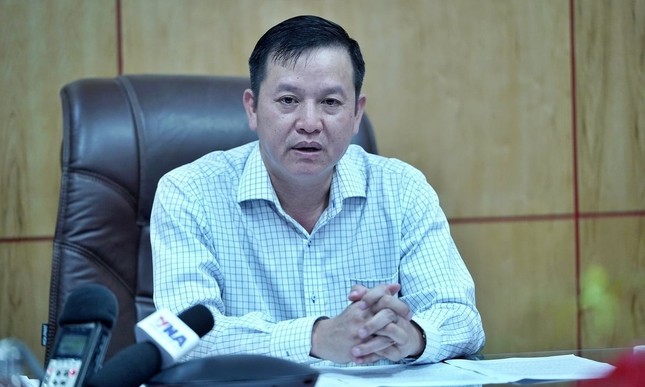
Mr. Huynh Tan Dat, Director of the Department of Cultivation and Plant Protection. Photo: Bao Thang/NNMT.
To control input quality and limit heavy metal residues in agricultural products, the Department of Cultivation and Plant Protection has implemented a rigorous four-step inspection plan. First, 100% of agricultural materials must be tested according to the registered technical standards. Enterprises producing and distributing fertilizers must ensure accurate labeling, content, and quality, preventing fraud. After testing, fertilizers need to be declared for conformity and transparency for users. At the same time, local inspectors must participate in supervision from the beginning, not just when an incident occurs.
All these steps must be closely linked, forming a “control belt” around the crop right from the land improvement stage.
In parallel with input control, the responsible agency is deploying many land improvement models according to the characteristics of each region, aiming to eradicate heavy metals in soil and plants. Three groups of solutions are being tested: using biochar-containing fertilizers to retain heavy metals in the soil; adjusting soil pH to help trees absorb healthy nutrients; and intercropping or planting trees that can absorb heavy metals, then composting them.
This is not just a technical solution but also a change in production thinking. For sustainable exports, we cannot rely on ‘one good season.’
Emphasizing the role of region codes and packaging facility codes, Mr. Dat said that each code is an asset, and if not valued and preserved, there is a clear risk of losing both the market and the brand.
According to the Department of Cultivation and Plant Protection, the General Administration of Customs of China (GACC) has approved an additional 829 region codes and 131 packaging facility codes, all of which are new codes. Thus, as of now, Vietnam has 1,396 region codes and 188 packaging facilities approved by GACC.
According to the Department of Cultivation and Plant Protection, this is a result of the close coordination between Vietnam and China in enhancing supervision capacity, traceability, and food safety assurance in the entire durian export value chain.
Why Do Businesses Claiming to Be Drug-Free Still Test Positive for Saffron in Their Durian Fruits?
The discovery of high levels of cadmium in durian is primarily due to soil pollution, prolonged use of fertilizers and pesticides in cultivation. Additionally, the use of color enhancers by some businesses during the preliminary processing stage further exacerbates the issue, resulting in the presence of Sudan Yellow, a harmful dye, in the fruit.
The Exotic Durian Look-alike Taking Asia by Storm: Rare Green-hued Pulp, Priced at Over 700,000 VND per kg, Hitting Shelves in June.
Introducing the latest craze sweeping across Asia – the coveted durian fruit from [Country]. With its unique flavor and texture, this durian variety is taking the continent by storm, commanding a premium price and leaving enthusiasts in a frenzy. Unveiling the secrets behind its allure, this exotic delicacy promises an unparalleled sensory experience, captivating even the most discerning palates.
The King of Fruits Goes Live: Frozen Durian, Export-Ready, Makes its Livestream Debut
For the very first time, Hanoi will be able to enjoy export-quality frozen durian, streamed live! This mouth-watering treat is usually reserved for the US, Australian, and Canadian markets, but now it’s coming to the capital city of Vietnam. Get ready for a taste sensation like no other!

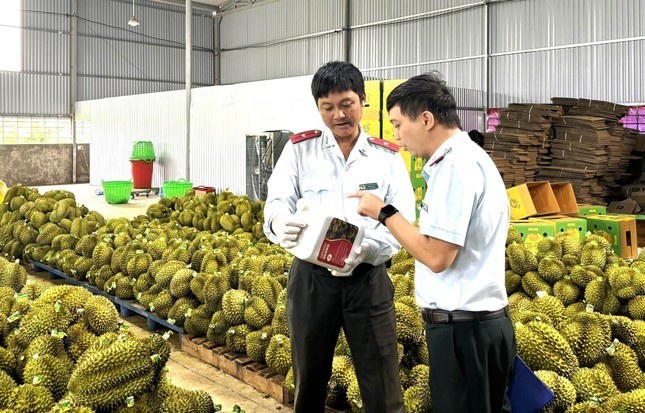
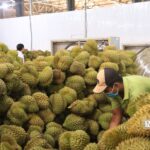
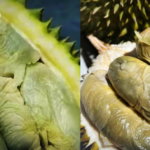
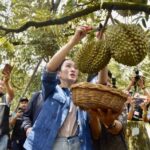
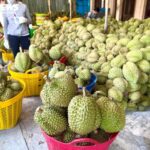
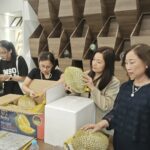

![[Photo Essay]: Experts, Managers, and Businesses Unite to Forge a Path Towards Sustainable Green Industry](https://xe.today/wp-content/uploads/2025/07/z678592918-218x150.jpg)












